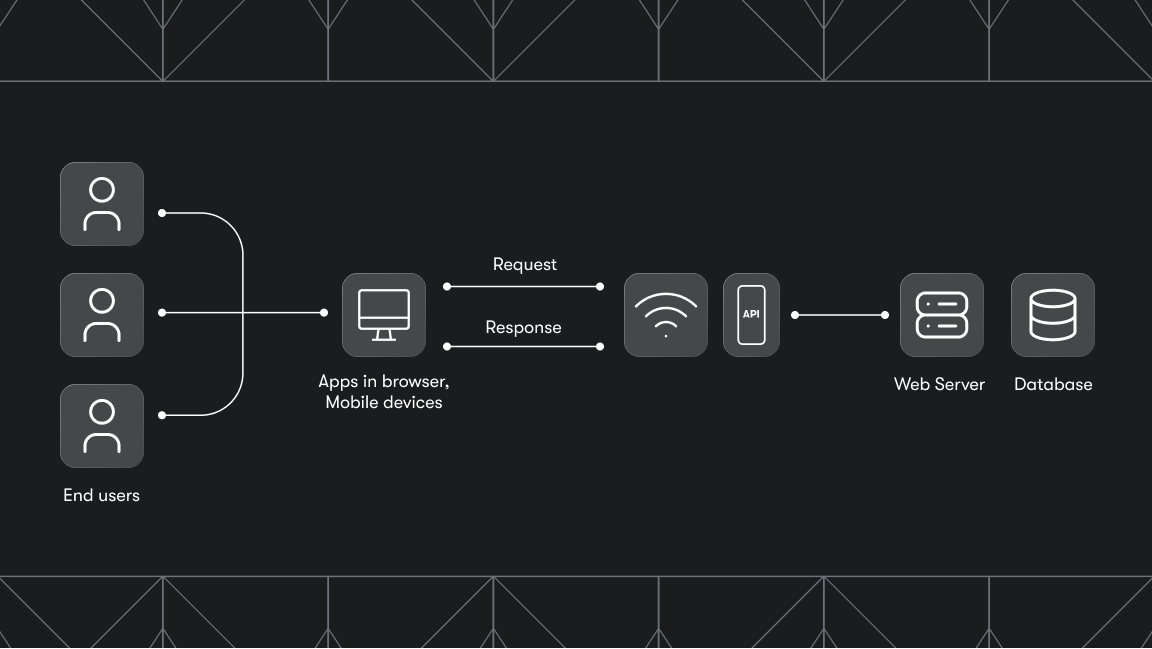What is regex, and should you use it for data parsing?
So, you need to do some data parsing. But which parsing method should you use, and which tools are right for the job? One option is regular expressions (regex), which are common tools for searching, matching, and manipulating text. Regular expressions are patterns used to match character combinations in strings.
When should you use regular expressions? That really depends on the nature of the data you're dealing with. In this short explanation of regex, we'll explore regular expressions and clarify when and when not to use them for parsing data.
Python's
re module offers several functions for regex operations, including:re.findall() for finding all instances of a patternre.search() for finding the first instance of a patternre.split() for splitting a string by the occurrences of a patternre.sub() for replacing occurrences of a pattern with a new stringRegex for basic parsing tasks
Regex provides a concise and flexible means to "match" (search for) patterns in text. It's sometimes used for parsing, validating, and transforming data. For example, parsing email addresses from a large document can be efficiently done using regex by defining a pattern that matches the structure of an email address.
exec() to search for a match in a stringtest() to test for a match in a stringmatch() for returning an array containing all matchesmatchAll() for returning an iterator containing all matchessearch() for returning the index of a matchreplace() to replace a matched substringreplaceAll() to replace all matched substringssplit() for breaking a string into an array of substringsWhen to use regex
Regex is particularly useful when you need to process text in a way that is not structured or predictable enough for standard parsing methods. It's ideal for:
- Validating text formats (like emails and phone numbers).
- Searching and extracting specific patterns from text.
- Data cleaning and preprocessing tasks.
Email validation with regex
Consider the task of validating email addresses within a vast dataset. A regex pattern like \\w\\S*@.*\\w swiftly identifies strings that resemble email addresses, segregating valid from invalid. This method is quick and efficient, ideal for preliminary data cleaning before deeper analysis.
Extracting URLs from text
Data often includes references to web resources, necessitating the extraction of URLs. A regex pattern such as https?:\\/\\/[^\\s]+ captures these URLs effectively from unstructured text, enabling further processing or analysis of the resources mentioned in your dataset.
Examples of regex patterns
- Email validation:
^\w+([\.-]?\w+)*@\w+([\.-]?\w+)*(\.\w{2,3})+$
This pattern matches a basic email structure: one or more characters followed by an@symbol, then more characters, and finally, a domain suffix (e.g.,.com).
- URL extraction:
https?://(?:www\.)?[\w/\-?=%.]+\.[\w/\-&?=%.]+
This pattern matches HTTP and HTTPS URLs, optionally beginning withwww, followed by the domain name and path.
- Phone number matching:
\(?\d{3}\)?[-.\s]?\d{3}[-.\s]?\d{4} /
This pattern matches the UK phone numbers in various formats, with or without parentheses around the area code and dashes or spaces separating the numbers.

Regex challenges and solutions
Complexity and readability
Regular expressions can quickly become complex and hard to read, especially for those unfamiliar with their syntax. As regex patterns grow to accommodate more complex matching criteria, they can become difficult to understand and maintain. It's advisable to use comments or the verbose mode available in languages like Python, which allows you to spread the regex over multiple lines and include comments for clarity. This helps make complex patterns more readable and maintainable.
Performance considerations
While regex is highly efficient for searching and manipulating strings, performance can become an issue with highly complex expressions or when processing large volumes of text. In such cases, the execution time can increase significantly, affecting the overall performance of your application. It's important to test and optimize regex patterns for efficiency, possibly breaking down overly complex patterns into simpler, sequential operations if needed.
Debugging tools
Debugging complex regex patterns can be challenging, so you might need tools and online regex testers, such as regex101.com, to simplify this process. Such platforms allow you to test your regex patterns against sample inputs, highlighting matches and providing detailed explanations of how your regex is interpreted. These tools can save time and help refine your regex patterns for better accuracy and performance.
When not to use regex
Limitations of using regex for HTML/XML parsing
While tempting, using regex to parse HTML for extracting web data, like scraping <h1> tags or links, can be problematic due to HTML's nested and complex structure. This approach, while straightforward, risks overlooking the intricacies of HTML documents, potentially leading to incomplete or incorrect data extraction.
While regex can be used to parse XML in some cases, it's generally not recommended because XML, like HTML, is a structured document format that is not always linear or predictable in the way that regex patterns require.
Alternative methods: HTML and XML parsing in Python
For parsing HTML and parsing XML, Python offers specialized libraries that understand the structure and semantics of these formats, such as BeautifulSoup, PyQuery, and lxml. These libraries provide neat methods for navigating and manipulating the document tree, allowing for more accurate and efficient data extraction than regex.
Show me how!
Summary: regex vs. HTML and XML parsers
Regular expressions can be precise and effective for specific text patterns and very handy for quick searches, simple extractions, and validations within plain text. However, when venturing into the structured worlds of HTML and XML, regex should be set aside for tools like BeautifulSoup, PyQuery, or lxml designed to navigate these complex environments.







